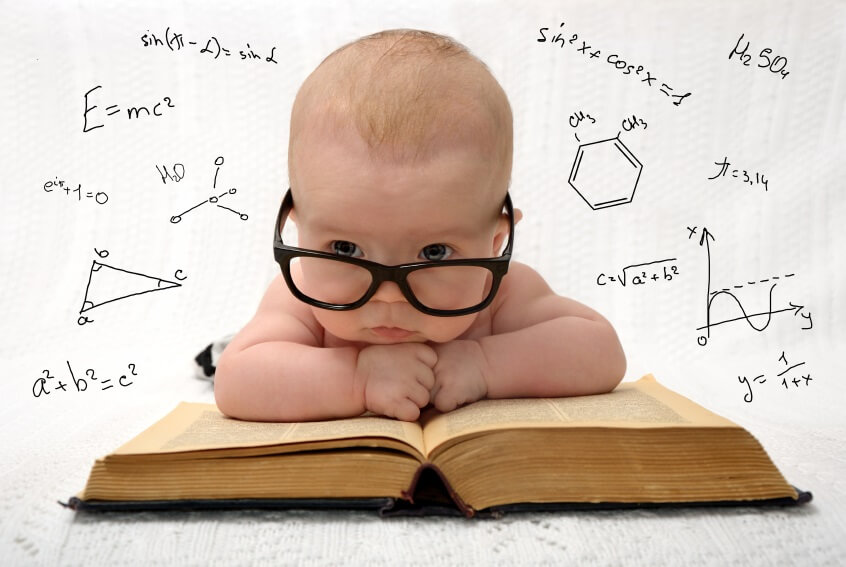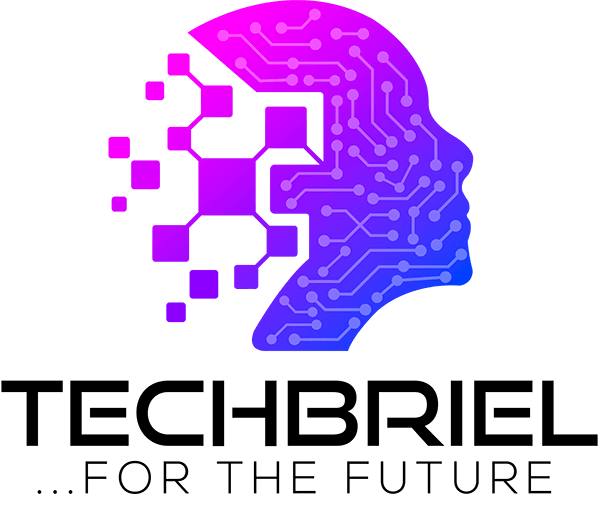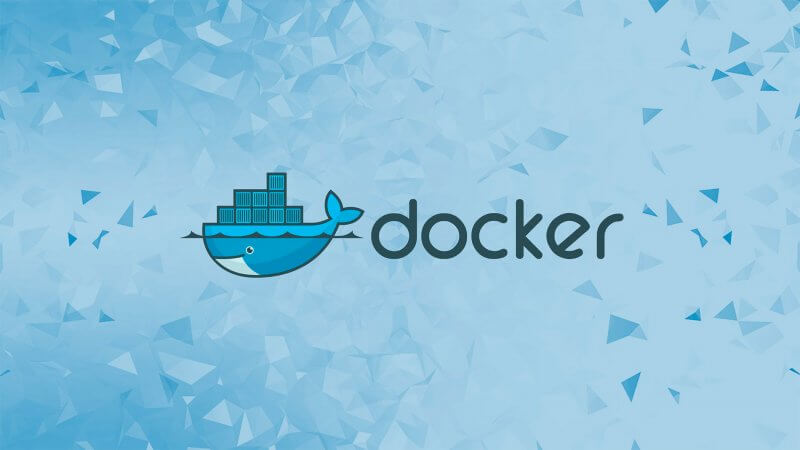Nowadays, every business is transforming into a software company, and there is a tremendous amount of activity surrounding the pursuit of making software development occur at record speeds. In addition, New DevOps tools (like docker) and methods appear rapidly in today’s cloud market.
Many businesses are beginning to embrace cloud practices and concepts like containerization, which means that demand for DevOps tools like Docker is at an all-time high. This is because the cloud approach is rapidly rising in popularity. In this article, we will learn what Docker is, what problems it solves, and the differences between a Docker container and a Docker image.
What exactly is Docker?

Docker is a compact and open-source virtualization tool utilized across the development lifecycle for quick, easy, and portable application development for desktop and cloud platforms. All of Docker’s components are integrated into a single platform, from the user interface to the command line to the application programming interface, and security is built into each component.
In addition, Docker is executed at the level of the operating system. Therefore, it makes it possible to bundle a program with all of its necessary dependency structures (code, runtime, libraries, environment variables, configuration files), and it automates the deployment of applications into Linux containers.
You may also be interested in MicroNaut Vs Quarkus Vs Spring Boot – Detailed Comparison
What problems does Docker solve?
Below are the main problems you can solve by using Docker:
For example, using Docker, you can fix issues like:
- Dependencies on the program are either absent or wrong, such as libraries, interpreters, and code/binaries.
- Conflicts occur between applications running on the same machine, such as those involving library dependencies or ports.
- Missing, complex, or immature installation, start, stops, and uninstalls routines.
- Putting restrictions on the number of resources an application can utilize, such as the CPU and memory.
What is a Docker image?
A Docker image is a file used to execute code within a Docker container. The instructions for a functioning software version use to construct a multi-layered picture. When Docker executes an image file, the image is converted into a container. Docker images can also be viewed as a snapshot of the corresponding application. They are an “image” of the running program that includes everything it needs to execute, so when this image converts into a container, all of these pieces are there.
What is a Docker container?
Docker containers are virtualized runtime environments that allow users to isolate their applications and keep them separate from the underlying system. In addition, these containers are small and portable, making it simple to get an app up and running.
The standardization of the computing environment inside the container is an important characteristic. Additionally, it makes it easier for you to share your application with other team members.
Containers provide robust isolation because they are self-contained and therefore do not interfere with other containers or servers.
Difference between Docker Images and Containers
It isn’t fair to compare images and containers as though they were diametrically opposed. The Docker platform defines a system that incorporates both of these components. After reading about docker images and containers in the previous two parts, you should know how they work together. Unlike containers, images can exist independently of one other. A container’s runtime environment and application execution are both dependent on images.
The two notions are crucial to operating a Docker container as a whole. Because it requires prior phases and components to be active, having a functioning container is considered the process’s last “phase.” That’s why docker images are so crucial in shaping containers.
You may also be interested in What is Quarkus and what is Quakus good for?
Bottom Line
If you are new to Docker, you may find comprehending all terminologies challenging. It may seem as though everyone has their interpretation of the various Docker terminology, and there are times when terms are confused. Hopefully, by the time you have finished reading this, you will have a solid understanding of what Docker is, the distinctions between Docker images and containers, and how and when to utilize each.
If you enjoyed this post, we’ll be very grateful if you’d help spread by sharing it to your friends using the share button. you can also get our latest updates by following us on facebook, twitter, linkedin and instagram. You can also subscribe to our youtube channel for more Tech tutorials, Tech Updates & Tech review.












[…] What is Docker? […]
[…] What is Docker? […]